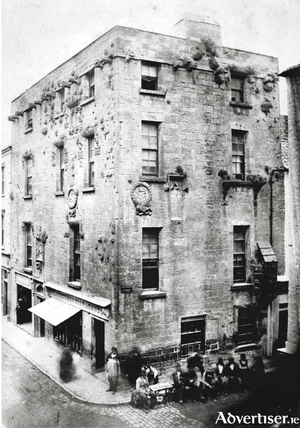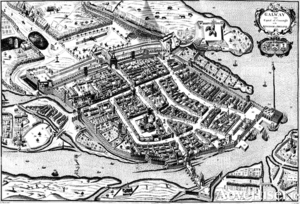Search Results for 'Leinster Bank'
3 results found.
Lynch’s Castle

Lynch’s Castle is one of the finest surviving medieval townhouses, one of the best known examples of pre-Renaissance architecture in Ireland. It is essentially a two-period structure, the original 16th century castle was square in plan and was limited to the space now occupied on the ground floor by the vestibule of the bank. That portion to the west on Shop Street was added c1808. The extension is evident in the masonry of the exterior of the building, and the window hood-moulds of this section are very different in the character of their detail and carving from the original work. It is likely that the whole interior was remodelled and the storeys altered at this time, the window hood-moulds, the panels, the gargoyles, etc, being moved to their present positions.
‘An unbroken history of more than one hundred years’

In 1831 Patrick Broderick, from Loughrea, was charged with insurrectionary crimes at the Galway Assizes, and cruelly sentenced to spend the rest of his life in a criminal colony ‘beyond the seas’ in New South Wales, Australia. He was barred from ever returning to his native land. His wife Mary, son John and daughters Ann and Catherine, were left destitute on the infamous Clanricarde estate, one with more than 2,000 tenants.
Disappearing banks a signifier of the changing face of Irish towns
The banks were always a key part of the development and growth of towns and villages across the country. In my home town, we had three banks. The Bank of Ireland (where my dad was the porter for a quarter of a century; the Munster and Leinster Bank (later AIB), and the Ulster Bank. All three were housed in fine solid buildings from a different age. Buildings that marked their importance in the town.

